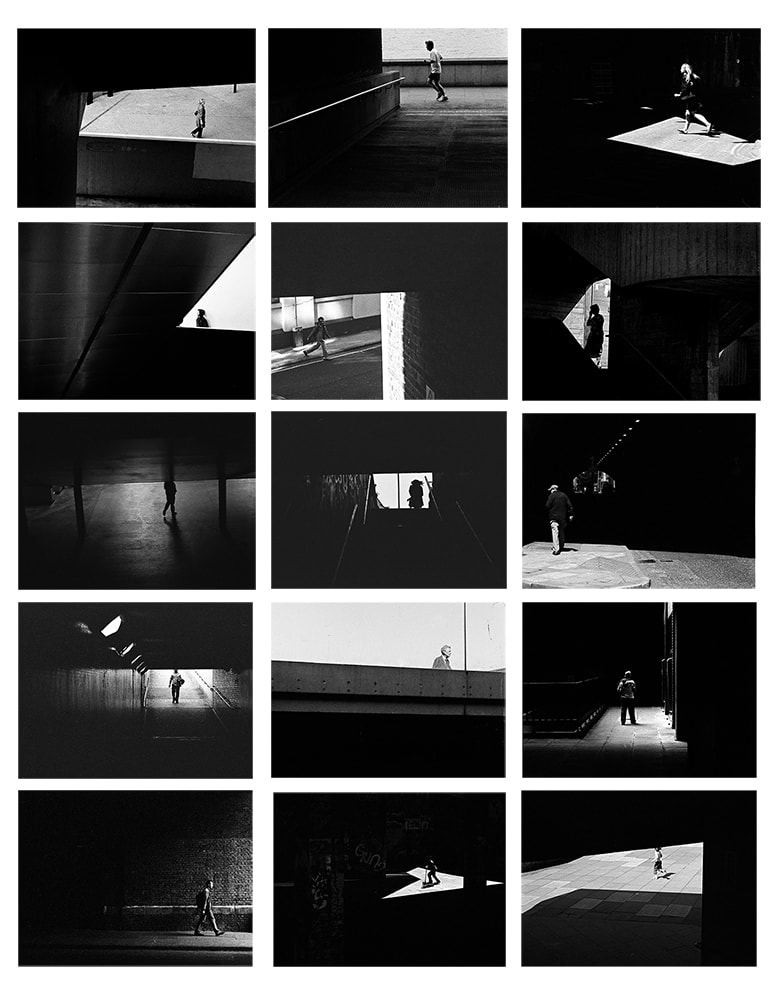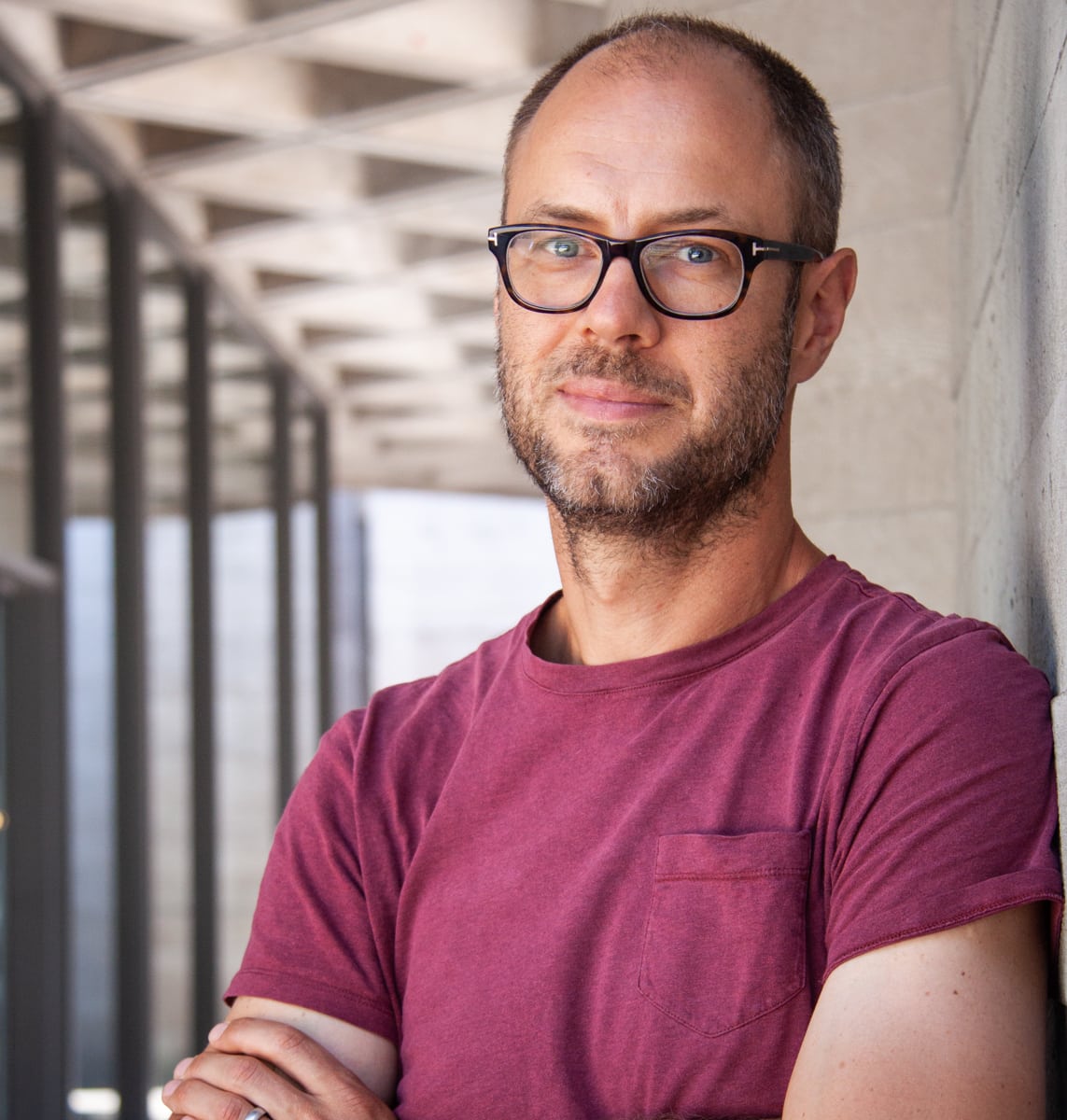Many photographers have an ambition to complete a photography project at some stage.
That is a really great thing to do.
But some photographers struggle with formulating a way to move forward with a project and make it actually. And, if you do shoot that project, what are you going to do with the images you create for the project?
The problem with being a photographer who doesn’t create your photography project is that you never get your ideas off the ground. You potentially don’t get your work seen by a bigger audience. But, if you can put together a coherent and really interesting photography project for the right audience, you can increase your chances of getting your work out there and having people see it.
And even if getting your work seen is not what you’re interested in, by completing a photography project you will gain the satisfaction and the knowledge that comes with finishing something that you planned, executed and created.
Having run the London Photo Show now for five years, we have come to realise that there are two categories that people produce work in that work for putting work in an exhibition.
And those two categories are:
1. Photos of things that people have seen, or
2. Photos which show the way that a photographer sees things.
The two categories can overlap, but they differ in significant ways.
Photographers in the first category put together a coherent body of work that shows what they have seen. Often they have been to a place, enjoy shooting a certain subject, or the images follow a particular story. These photographers put together a coherent body of work around those things that they have seen. And that works as one really good way to create a photography project. Travel, documentary, street, landscape and portrait photography all fall into this category.
The second category is to show the way you see things. Rather than just shooting what they see, some photographers create photos that show their thoughts, ideas or concepts. They may stage photos to show this, manipulate them in editing, present the photos in a certain way, or add words to the images. These photographers weave in their imagination, opinions and viewpoints to create images. They may photograph an idea or a subject, and put together a series of photos that show how they interpret a subject. We’ve seen some great work in terms of childhood and how the photographer interprets childhood in terms of fantasy and story making, or interesting things in terms of portraits depicting famous stories, or imaginative use of charity shop finds to tell imaginary biographies.
Whichever category you think you will fall into, to get your own photography project off the ground, there are three steps that you need to consider and clarify. They are:
1. What Are You Going To Photograph
2. Why Are You Going To Photograph It In That Way
3. How Are You Practically Going To Do It
“What are you are going to photograph?” is the first question you need to answer when putting your photography project together. This means thinking about either the subject that you are going to shoot, or the idea that you’re trying to convey. It can be broad at this stage. It could be that you want to take portraits, or you want to take photos of buildings or landscapes
You may want to take photos of nature, plants or something more abstract. Or there could be a story that you want to follow. It could be an idea that you have. Maybe you want to show the idea of loneliness, emptiness, happiness, nature, the environment or something important or interesting to you. In a nutshell, the first part of starting your project is deciding what subject or idea you want to convey with your photography.
The second thing to think about is why you are going to photograph it in a certain way. In order for a photography project to work and be interesting, the images need to fit together in a coherent way that makes visual sense when people look at them.
You need to think “Why are you going to photograph this subject or this idea in this particular way?”.
You could decide to do landscapes as long exposures. You could decide to do infrared photography of forests. You could decide to do very closely cropped, portraits. You could decide to do it on film, in colour, in a black and white. Maybe you will use intentional movement or photo montage.
Whatever way you decide to shoot it, you need to have a good reason for why you’re doing it like that. Do you want to make things look more atmospheric? Do you want to bring out the colours of your subject? Do you want to emphasise a particular viewpoint or feeling? Do you want to make it look geometric when it hangs on the wall? Do you want it to appeal to a certain audience? You really have to think about both the subjects or the idea you’re shooting, and then you’ve got combine this with why are you photographing in that particular way.
The final part of the puzzle is how are you going to do it practically. When and how are you going to do it?
Are you going to have to travel to certain places? Can you do it in your lunch hour? Are you going to set things up in a studio? Are you going to create still life? Are you going to have to contact people to make this happen? Or are you going to have to get up at dawn for a month? These are the actual practical steps of how you’re going to do the project. Is it going to take you a day a week or a year to do this thing.
Those are the three steps. What, Why and How?
If you follow this process, you will produce coherent and a really interesting body of work that will look great, either as a project on a website, an Instagram feed, or even in an exhibition.
Here is project I did a few years ago.
1. What
The project is people in the urban environment, with the aim of showing how we are enclosed, encapsulated and contained within the urban environment.
2. Why
I decided to use high contrast black and white to accentuate the shapes and patterns in the buildings and make the people in the photos stand out. I also wanted to create geometric patterns, and to give a grainy look, a bit like CCTV.
3. How
I went out in the middle of the day then there was hard sunlight that would give contrast between light and dark.
Hopefully there’s, there’s a coherence to those photos:

That’s what you need to think to get your project off the ground. The What, the Why and the How.

Andrew is a professional photographer and the founder of the 36exp Photographers School plus the London Photo Show.
Leave a Reply